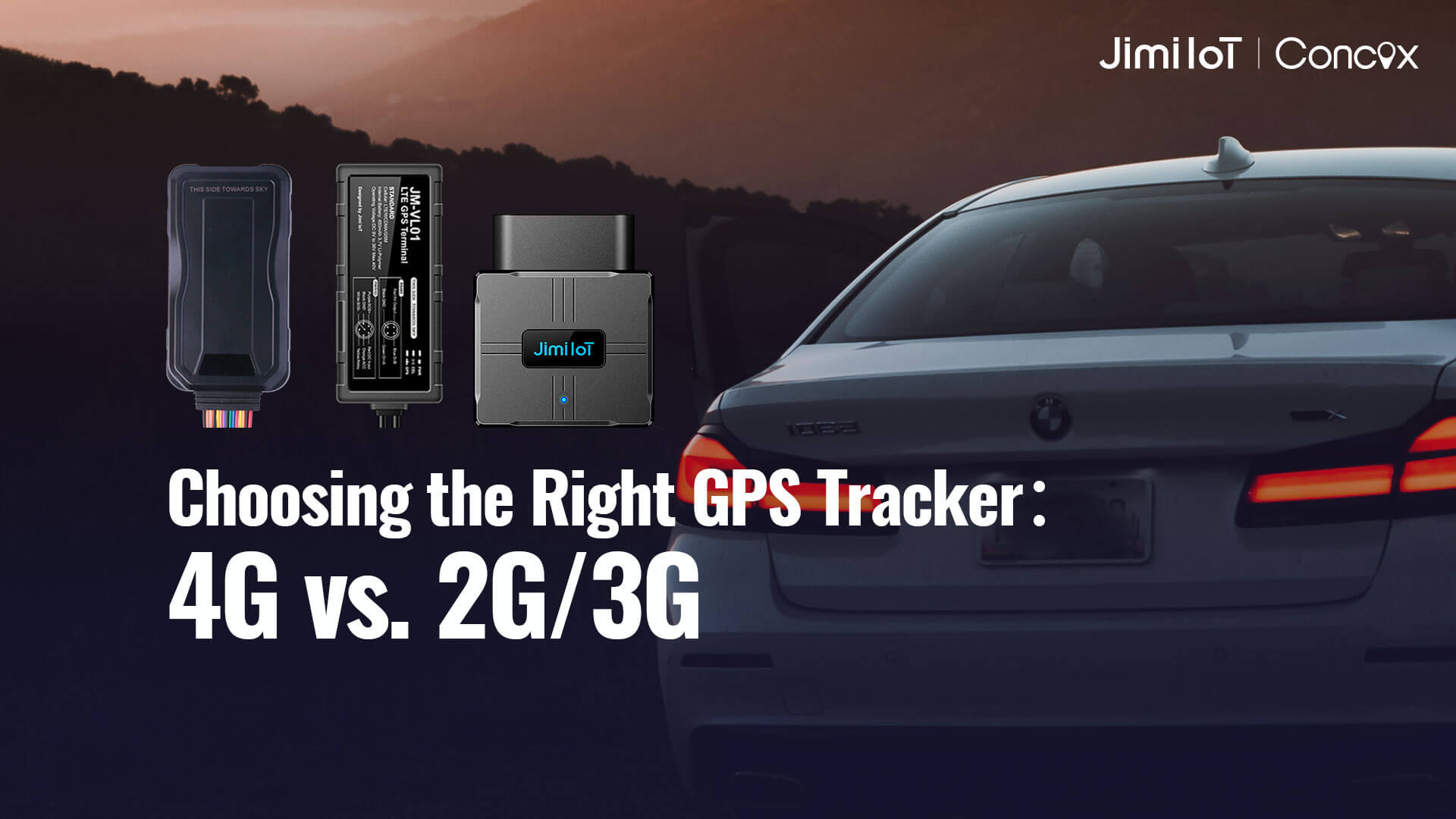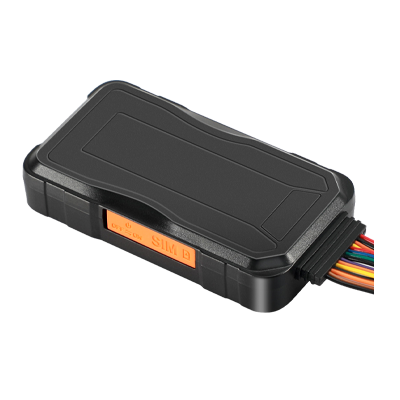Whether you are looking to track a vehicle, monitor your fleet, or keep an eye on valuable assets, GPS tracking technology has become an essential tool for businesses of all sizes. And with the widespread adoption of 4G networks in recent years, 4G GPS trackers that utilize this technology have become increasingly popular.
But what about 2G and 3G GPS trackers? Are they still relevant in today’s market? How do they differ from 4G GPS trackers, and which one is right for your specific needs? In this article, we will explore the key differences between these three types of GPS trackers and help you make an informed decision.

Principles
Before we compare the differences between 4G GPS trackers and their 2G and 3G counterparts, it’s important to understand the basic principles behind GPS tracking technology. At its core, GPS tracking relies on a network of satellites orbiting the Earth that transmit signals to GPS receivers on the ground. These GPS receivers then use this information to determine their location and transmit it to a central server via a cellular network.

In the case of 2G and 3G GPS trackers, these devices utilize cellular networks that operate on either the Global System for Mobile Communications (GSM) or Code Division Multiple Access (CDMA) standards. These networks provide basic data transmission capabilities and are able to support voice and text communication as well.
4G GPS trackers, on the other hand, utilize Long-Term Evolution (LTE) cellular networks, which offer much higher data transmission speeds and improved coverage compared to 2G and 3G networks.
The 4G GPS tracker can resist communication and radar interference and provide precise positioning. 4G GPS trackers are stronger than 2G and 3G GPS trackers in terms of anti-electromagnetic interference, anti-vibration, low power consumption, and special material technology to block the propagation path of interfering signals.
Application Scenarios
When it comes to choosing the right GPS tracker for your specific application, there are several factors to consider. For example, if you are tracking a large fleet of vehicles that travel long distances, you may want to prioritize the coverage and data transmission speeds offered by 4G GPS trackers. This would allow you to receive real-time updates on your fleet’s location and performance, which can be invaluable for optimizing routes and improving overall efficiency.
On the other hand, if you are tracking a small number of assets in a relatively confined area, such as a warehouse or construction site, a 2G or 3G GPS tracker may be sufficient. These devices are often more affordable and can provide the basic tracking and monitoring capabilities necessary for many applications.
Prices
One of the most significant differences between 4G GPS trackers and their 2G and 3G counterparts is price. Because 4G GPS trackers utilize the latest and most advanced cellular networks, they tend to be more expensive than 2G and 3G devices.
However, it’s worth noting that the cost of 4G GPS trackers has been decreasing in recent years, as the technology becomes more widely adopted and manufacturers are able to produce them at greater scale. Additionally, the increased data transmission speeds and improved coverage offered by 4G networks can help businesses save money in the long run by improving operational efficiency and reducing downtime.
Development History
The development of GPS technology and GPS trackers has come a long way since its inception in the 1970s. The first GPS satellites were launched by the United States Department of Defense in the 1970s, and GPS technology was initially used for military purposes.
In the 1990s, GPS technology was made available for civilian use, and GPS trackers began to be used for commercial purposes, such as vehicle tracking and asset tracking.
The introduction of 2G cellular networks in the 1990s allowed GPS trackers to transmit location data over the cellular network, making them more efficient and reliable. 3G networks were introduced in the early 2000s, offering faster data speeds and better coverage.
The introduction of 4G networks in the 2010s revolutionized GPS tracking technology, offering even faster data speeds and lower latency. 4G GPS trackers have become increasingly popular in recent years due to their reliability and efficiency.
This means that early GPS tracking devices were largely built around 2G and 3G networks, and may not offer the same level of performance and features as newer 4G GPS trackers. However, as the adoption of 4G networks continues to grow, it’s likely that we will see more and more advanced GPS tracking devices that take full advantage of this technology.
Conclusion
In the end, the choice between a 4G GPS tracker and a 2G or 3G device will largely depend on your specific needs and budget. While 4G GPS trackers and coverage, they are also more expensive than their predecessors. Ultimately, it’s up to each business owner to weigh the pros and cons of each option and make an informed decision based on their unique requirements.